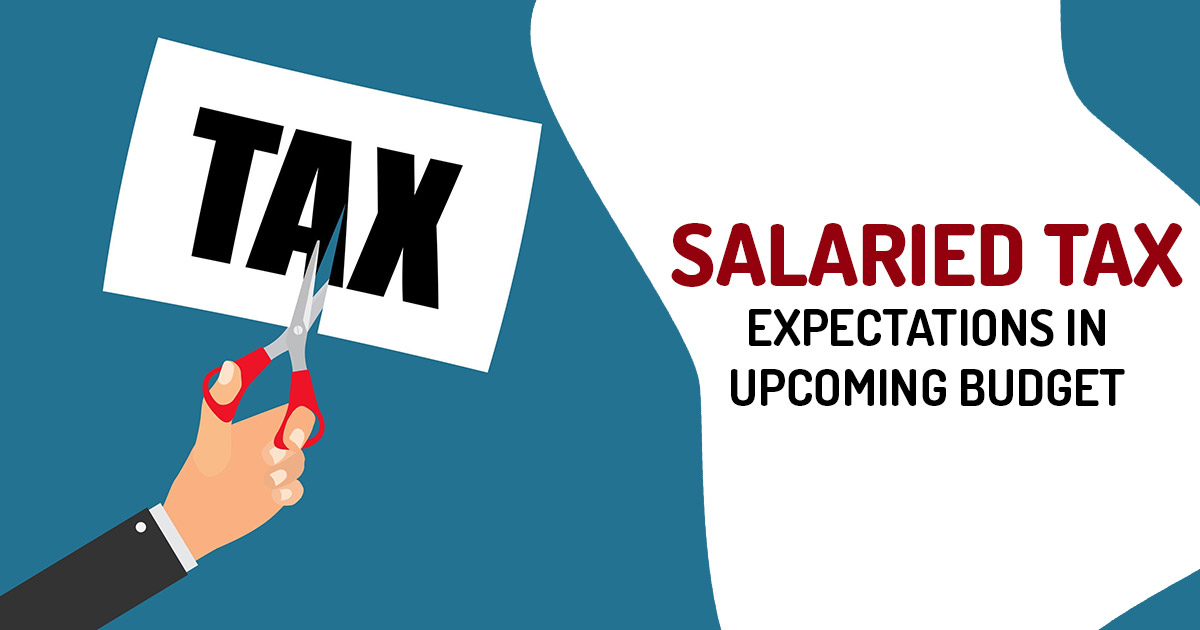
From the forthcoming budget, the salaried people secure much more expectations, and taxes relief is a major concern. In India, from 5% the personal income tax has been started and then goes to 42.74% along with the surcharge and cesses. As compared to other countries like Hong Kong (15%) Sri Lanka (18%), and Singapore (22%), the personal tax rates of India are much higher.
Revision in the Tax Slabs Rates
People have the option to choose the old tax regime that comprises exemptions and standard deductions or the new concessional tax system excluding exemptions or standard deductions. This system has made various issues and confusion.
Tax experts say old taxation is far better than new taxation, and taxpayers worldwide receive these basic tax exemptions. The new tax regime requires revamping.
In the old regime, someone earning Rs 7 lakh did not have to pay taxes, but in the new regime, you have to begin paying taxes once you cross the basic threshold of Rs 2.5 lakh, tax experts said. Towards the latest tax regime for drawing more assessees the same must acknowledge raising the limit for paying the taxes to Rs 7 lakh. As per the experts, the min limit of Rs 10 lakh for 30% tax would be much lower.
Providing Exemptions Would be Effective
A 42.74% is levied which is higher on people and businesses whose yearly income is Rs 5 cr and exceeds and the same would be simpler as compared with overseas countries such as the USA, Canada, and others however the same would be seen that these countries would secure the social security schemes such as medical and pension for every citizen of their country which is not present in India.
In India, tax exemptions and standard deductions run the retirement savings. Furnishing social securities through the method of exemptions and standard deductions is essential. The assessees do not obtain anything during retirement time excluding these social securities which would be made via the exemptions.
Not Consider Much More About Social Security
Tax experts mentioned that Financial safety nets made for citizens include Public Provident Fund contributions and National Savings Certificates, etc. Thus, people will be left without social security if the income tax exemptions are removed as in the new tax regime. Unless life insurance policies are tax-exempt, people won’t purchase them and they won’t have protection if they fall into financial difficulties.
The same would be the pending demand for a long time to supplement the deduction limit (under section 80 C) from R1.5 lakh to R3 lakh, provided the level of inflation.
Recommended: Current Income Tax Rates for Salaried Individuals
Requirement for the Tax Simplification
The taxation procedure would require to be simplified since various provisions in the tax law could make the system complicated. As the process of taxation becomes simpler tax compliance shall get increase. As per the confederation of Indian Industries (CII), confusion has been made by different TDS rates for the assessees which enhances the compliance load and yielded characterization issues. For example, the same would be hard to differentiate between fees for technical services 2% and the fees for professional services 10%.
In addition to collecting all TDS information from deductees in Form 26AS/AIS, the government is more likely to collect the balance taxes from residents. Thus, CII recommended that the government establish a roadmap to reduce disparities in TDS rates by focusing on only two or three types of payments and having a small list of payments exempt from TDS.
Not Required TDS Section 194Q
Tax experts elaborated that the Central Government is responsible for indirect and direct taxes. TDS is a non-justifiable method of collecting information. Earlier this year, the centre introduced TDS Section 194Q, and then in the last budget, 194R was introduced. This has caused a lot of confusion. The GST return already contains all of this information, so TDS is not necessary.
As per ASSOCHAM, a fixed standard deduction stands at the amount of Rs 50,000 would be permitted during calculating the income beneath the head salary no matter what the income made. The same would be recommended to the government that the deduction must be incurred permissible on the pro data/percentage on the grounds of the income for serving the deduction purpose in concern to the making of routine nature expenses.
Tax in Abroad
Hong Kong (15%), Sri Lanka(18%), Bangladesh (25%), and Singapore (22%) has lower personal tax rates compared to India.
The effective tax rate on a person who makes more than Rs 5 cr in India would be 42.74%.
On the exemptions of taxes, and deductions for the concern of retirement savings the Indians are dependent.
In the current times, there are much more issues due to new and old tax regimes.
The experts recommended that there would be requirements for making the taxation process easier.
Experts seek fewer rates towards Tax Deducted at Source (TDS).
Increase the Limit of Tax Section 80C
In cases, taxpayers save tax by taking advantage of Section 80C of the Income Tax Act. NSC, NPS, PPF/EPF, ELSS, SSY, and many other plans are covered here.
Section 80C does not allow deductions beyond Rs 1.5 lakh per year since 2014. According to government estimates, this limit will be raised to at least Rs 2 lakh/year or Rs 2.5 lakh this year. There are even some experts who recommend raising the limit to Rs 3 lakh.
Tax Deduction Under Section 80D
The pandemic has resulted in an increase in health expenses and even an increase in costs. Thus, several experts recommend that Section 80D deductions for health insurance be increased by the government. The maximum amount is currently Rs 25,000.
Income Tax Exemption on Home Loan
Home loan interest and principal payments should be exempt from taxes in the upcoming Budget, according to several experts.
In the case of a self-occupied property, the maximum deduction for home loan interest payments is Rs 2 lakh per fiscal year. Over the past five years, however, the price of property has risen in every region of the country. The country has experienced inflation of 6%-7% over the years. According to section 24(b), the tax saving cap of Rs 2 lakh on housing loans needs to be raised. In any case, the limit should be raised to at least Rs. 3 lakhs, regardless of how much the property costs.



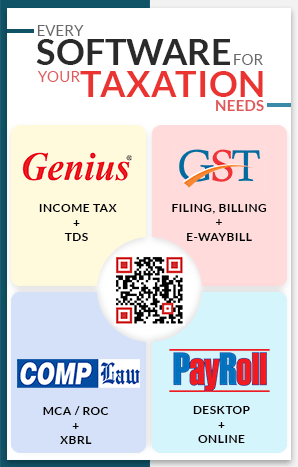
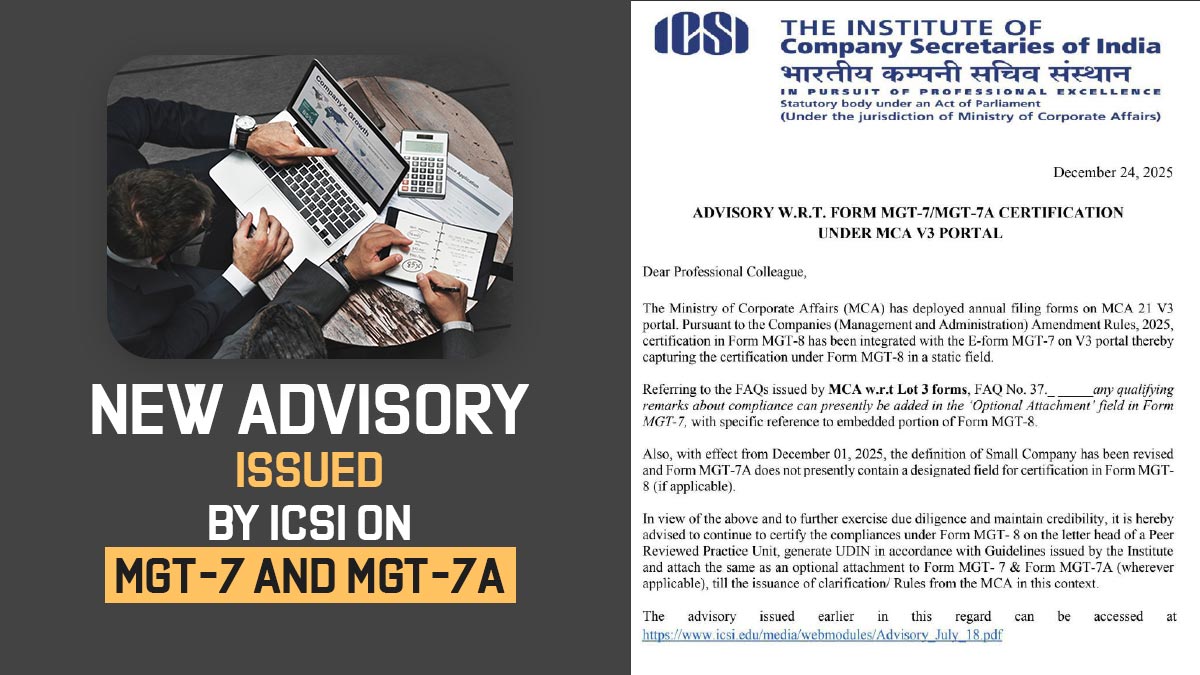
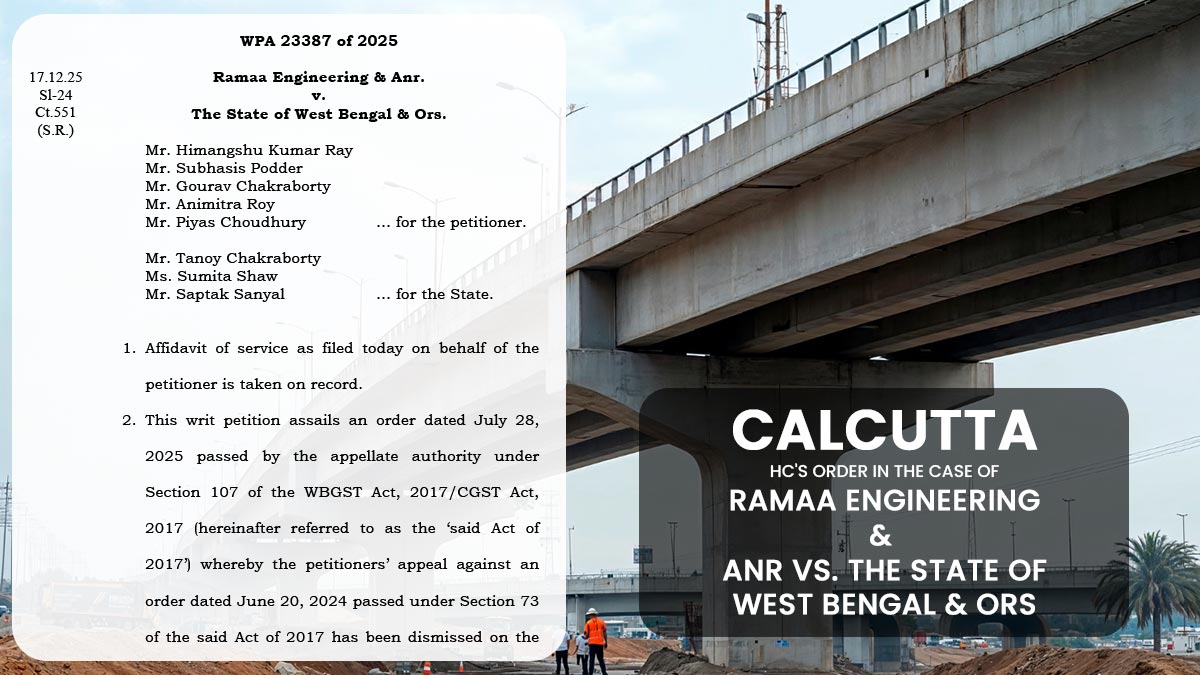
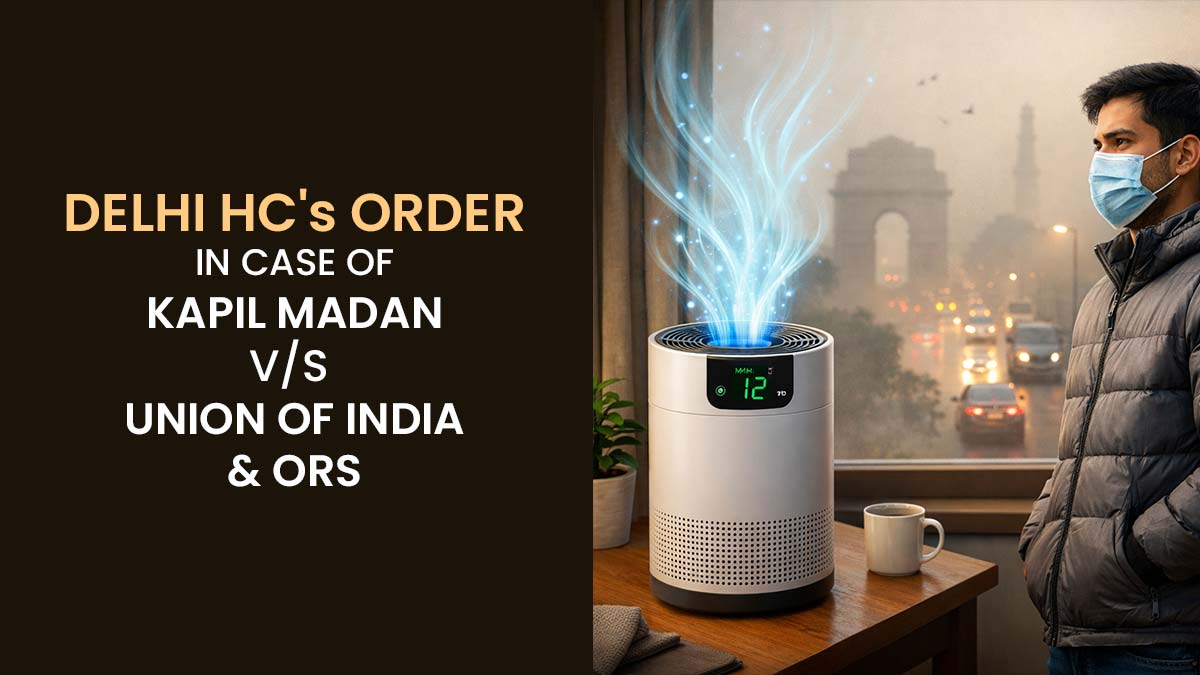
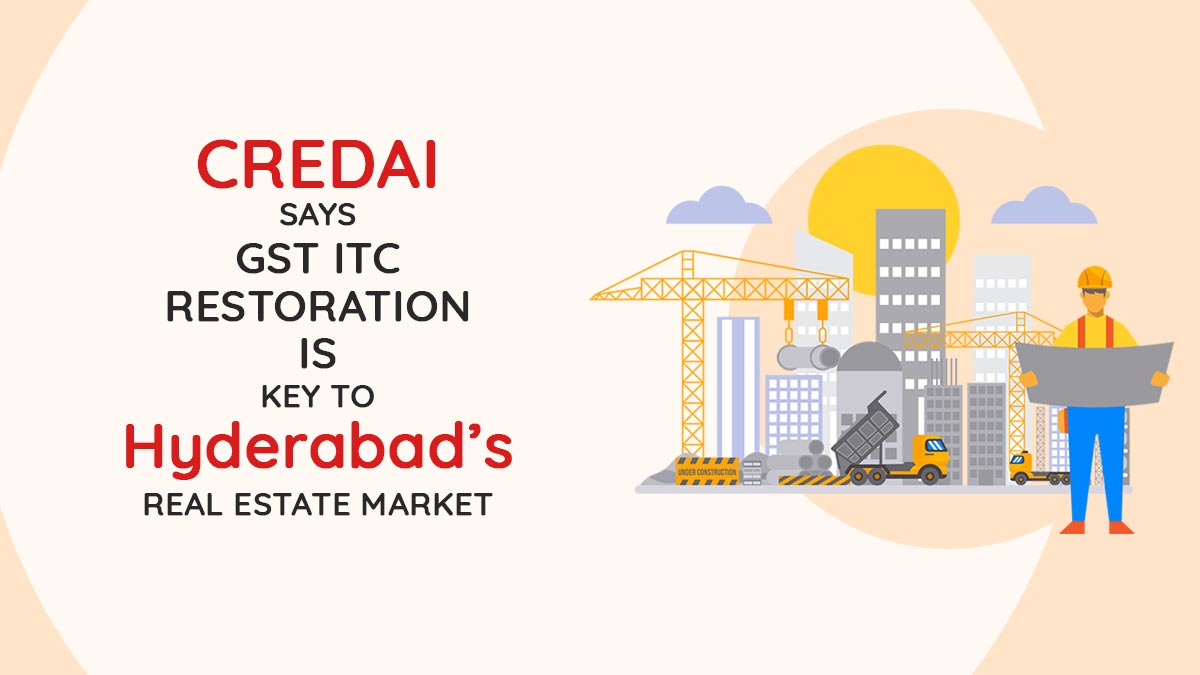
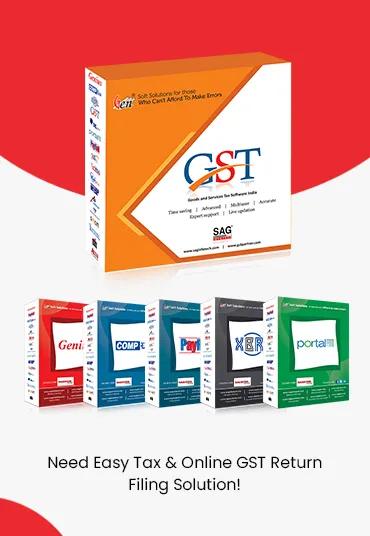

It is true that only the salaried class are paying actual tax. The minimum tax threshold should be raised to Rs7.5 lakhs
There should be separate slab for standard deduction for RETIREES than normal slab of 50000 for Employees. It should be minimum 100000.So two slab of standard deduction.
For salary and pensoners
Upto 5 lakhs Nil
Tax rates should be 10% upto 10 lakhs
Above 10 lakhs to 20 lakhs 15%
Above 20 lakhs to 30 lakhs 20%
ABOVE 30 LAKHS 30%
Surcharge 10% Above income of 50 lakhs
The salaried class is most faithful to all the governments, present or past. But they leave themselves high and dry. So don’t hope, don’t expect anything because it hurts later😀.
Effective Rate for a Salaried person is no 42%
But even more considering the amount he needs to earn to spend a Rupee….
If I need to spend Rs 100 Today i need to earn 150 to 170
Considering the GST payable etc ….
So don’t keep fooling showing the 30% slab
Hi Madam/Sir , Salaried Personal everybody is not IT Employees keeping this in view and cost of living raised since four years almost 40% hence the slab rates also must reduce at least up to 8 Lakhs no income tax at the same time EPF-95 Pension Scheme should be clear it will help for sr citizens
Five to ten lakh tax slab must be reduced to ten percent.
Ten to twenty lakh slab must be reduced to twenty percent.
More than twenty lakh thirty percent.
Govt is unfair to Seniors and pensioners by not reducing Tax rates and giving same to corporates. If Exemptions are to be abolished then the Minimum Tax threshold should be Rs 10 lakhs. There is need to simplify Tax filing.
All successive Governments have complicated the tax regime. They were not knowing what to do. The new tax regime has complicated the matter further. What trap our FM Nirmala Sitaraman and team were trying to put on the tax payers by introducing new tax regime is not known. The result is apparent. Only 12% opted for the new tax regime. Bold decisive steps are to be taken by simplified tax structure and not to penalise honest tax payers every year.
Slab of 5 lakhs for super senior citizen was fixed more than 15 years ago and has remained the same. It should be at least 7.5 lakhs
Dear Government,
We are paying tax on each item bought from the market, water, electricity, even for eating a Vada Pav attracts GST and SGST.
The inflation is way ahead of what we as common man are getting increment every year. We get bonus of 16000 and HR and Accounts team tell us to invest 32000 in NPS so that they will not deduct tax. What is the use of getting the bonus.
Please make the threshold of 7 lakh per annum as no tax. Previously a home loan would have sufficed the tax out flow of common man. But it is very difficult now. When common man does not have purchasing power, how will India grow.
Mr. Narendra Modi our respected PM, Mr. Shaktikanta Das and Mrs. Nirmala Sitharaman please read the minds of common man and make the next budget accordingly or else it is not far away your government will fall. There is nothing which is permanent in life except God.
IT deductions for salaried and pensioners are same now. The pensioners income is not even half the income of salaried. Therefore pensioners tax should be reduced.